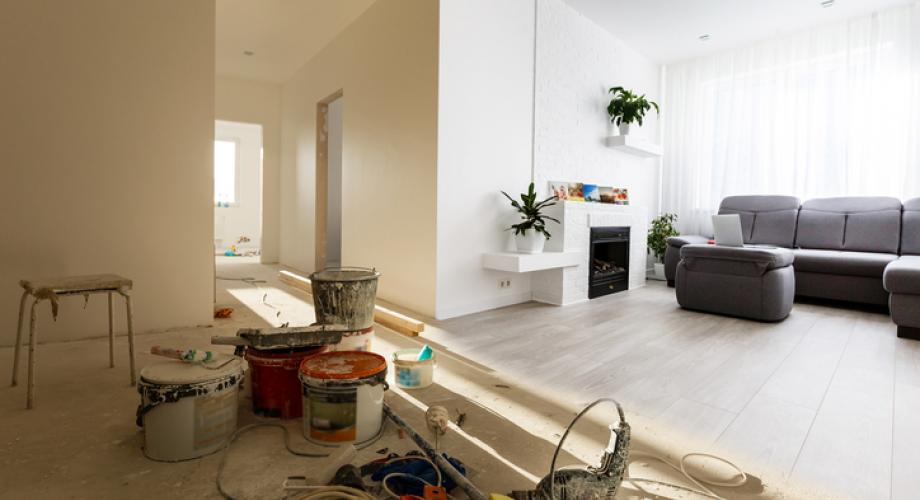Apartment operators are looking for ways to bring residents together and save money with their remodels.
When you’re planning a renovation, it’s important to remember what’s important.
“Repositions can become a cap-ex grab bag if you aren’t careful,” Travis Oden, Vice President of Asset Management at Camden, said at NAA’s Maximize Conference, Sept. 23–24, in Atlanta. “Anything that doesn’t get done in cap-ex can try to be rolled into the renovation. [So] you need to focus the renovation on what the resident will pay extra for.”
Part of knowing what people will pay for is knowing who will live in the community. “We’re spending time on the front end understanding the property and demographics,” says Ryan Kirby, a Vice President at Village Green. “A lot of people do an amenity because they see someone else do it.
Ultimately, it has to be an extension of a marketing plan. People need to click through, see it and want to live there.”
At Kettler, vinyl wood flooring and stainless steel appliances earn the highest return for the company. “We have a pretty good idea of what gets the best bang for the buck,” says Greg Slang, Vice President of Asset Management at the firm.
Even with “known-quantity” amenities, some stand out for the benefits they offer on both the expense and revenue sides. That’s why flooring is a renovation favorite for Kettler. “People love vinyl wood flooring, and [its] costs have become much better,” Slang says. “You can get [rent] premiums with vinyl flooring, and it has a longer life span than carpet.”
Coworking Spaces Still Popular
As part of its common-area amenities packages, Camden is removing desks and replacing them with more-casual lounges where residents can work. The company also provides multifunction printers.
“We’re rethinking some of our amenity spaces,” Oden says. “We’re taking business centers out left and right.”
Cristina Istrate, Senior Analyst, Asset Management, at FCP, agrees it’s important to take a new approach to areas where residents can work comfortably. “We’re focusing on creating coworking spaces as part of the community amenities, as well as providing access to coffee,” she says.
FCP is also adding electric-car charging stations in some of its communities. “More and more residents will have electric cars [in the future],” Istrate says.
Peggy Panzer, Vice President of Business Development at Laramar Group, says her company has been successful building amenity areas where people can entertain and socialize with each other. “We’ve taken out tennis courts and basketball courts and created parks and community cooking and grilling areas,” she says. “We’ve also seen children’s parks with climbing structures made from repurposed tree trunks and a discovery areas complete with hidden ‘dinosaur bones’ built in,” she says.
Similarly, Village Green has found success with pet washing stations, dog parks, outdoor parks and movable furniture.
“It’s about adding things to the community that create a lifestyle that people can see themselves living and is consistent with who they are,” Kirby says.
Slang thinks of amenities more broadly than just a fitness center or pet washing stations. “You need to know your amenities’ value,” he says. “How are you pricing the floor [that an apartment is on], the type of floor plan and the view? Look at the rent roll and see what amenities you can price.”
